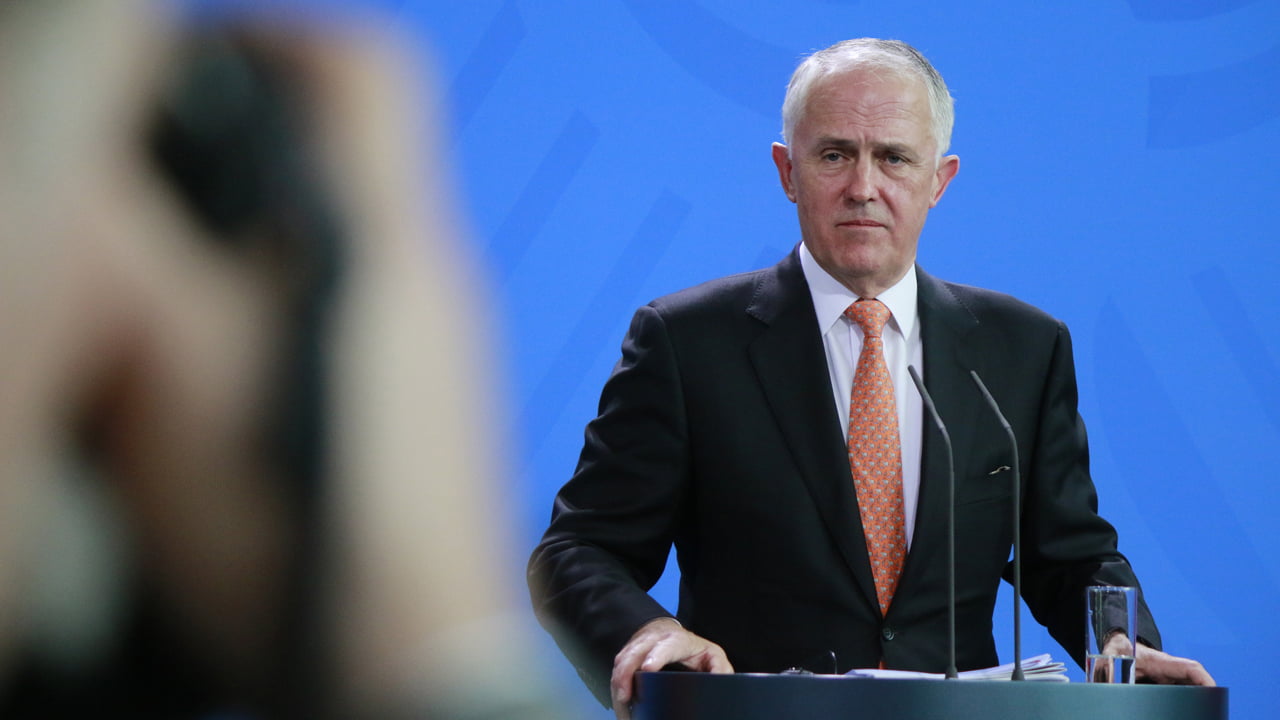
According to Internet Australia, there is currently a rising level of debate about the NBN, partly due to the impending election, which follows ongoing claims of slowed deployments, installation problems and switchover issues.
“In 2007 a government was elected that undertook to build a modern broadband network delivering cable all the way to more than 90 per cent of the nations premises,” Internet Australia CEO Laurie Patton observed, making the call for a bipartisan NBN rethink. “A subsequent government adopted a different strategy, using existing copper phone lines, in the expectation that this would deliver the network to more homes sooner and at less expense upfront.”
“Putting aside the relative merits of each strategy, and the success or otherwise of their respective implementations, time has provided the opportunity for a reassessment of how we build the most appropriate broadband network fit for the 21st Century. New technology has provided a viable alternative to the copper-based fibre to the node (FTTN) model.”
A recent hearing of the Senate NBN Select Committee was shown so-called “skinny fibre” that NBN is now using. This technology was not available when the decision was made to adopt FTTN, which underpins the MTM.
As predicted by qualified observers, the overall costs of construction have come down over time as NBN has refined its operating practices and achieved economies of scale, irrespective of the technology chosen. “This will likely be the case for the lifetime of this project,” predicts Internet Australia.
“At the same time as we’ve seen the technology change, Internet speeds delivered to consumers in other countries have been steadily rising and causing Australia to fall behind quite dramatically”, Mr Patton noted. “We have slipped to 60th on global rankings from 30th just a few years ago, according to the widely-quoted ‘State of the Internet’ report from content delivery network Akamai. This slide relative to our peers will continue even as the NBN is being built so long as we rely on an ageing copper network”.
Internet Australia says it is keen to see FTTN abandoned in favour of “fibre to the driveway” (technically known as fibre to the distribution point, or FTTdp). This would see fibre cabling run all the way to a point at or near the boundary to homes and commercial buildings.
From there, existing copper could, if necessary, still be used in the short-term. Alternatively, copper wires could be replaced, at any time now or in the future, with fibre into the building. “Such an approach would provide a future-proofed network and avoid the need for a costly re-build in 10 to 15 years’ time when copper is simply no longer fit-for-purpose,” Internet Australia states.
“Both the Government and the Opposition have highlighted the need for Australia to become an innovation nation. To do this will require high speed Internet connectivity on par with countries in our region also seeking to be innovation hubs,” Mr Patton points out. “One of our biggest regional competitors, Singapore, already provides consumers with Internet access at speeds 100 times faster than ours. New Zealand is in front of us in a number of rankings and is ahead in its overall broadband rollout.”
“Now some commentators will say that it is easier to build a broadband network in smaller territories like Singapore and New Zealand. However, we didn’t use this as an excuse not to build roads and railways across the country, or to not provide telephones to people living in regional and remote areas”.
[Source:- Gizmodo]

